In Roubaix, a city near Lille once known as the ‘Manchester of France’, there is an art deco swimming pool that opened to the public in 1932. Commissioned by the socialist mayor, Jean-Baptiste Lebas, who described it as ‘the most beautiful swimming pool in France’, it was intended as a social melting pot, where all classes would mix. Sanitation was also seen as a preventive measure to stem the spread of tuberculosis, then rife in the slums of this ‘city of a thousand chimneys’, defined by its wool manufacture. It was a social experiment, like Owen Williams’ Pioneer Health Centre in Peckham, that used architecture to promote well-being. However, by the mid 1980s, the fortunes of the industrial region had changed: the iron building was in a terrible state of repair, and the pool was drained.
Elmgreen & Dragset have recently transformed London’s Whitechapel Gallery into a derelict municipal pool with a fictional history (until 13 January). Conversely, in Roubaix, an abandoned pool has been transformed into a gallery to house the museum of art and industry that was formerly located in the city’s national graduate school of textile engineering. You enter La Piscine, sympathetically converted by the architect Jean Paul Philippon in 2001 (he has recently extended the building, adding several new galleries), through the workers’ gates and roofless ruin of the Hannart-Prouvost weaving plant. The walls, with their vacant arched windows, have been reclaimed by ivy and the base of the old chimney now sits in the centre of a sculpture garden.
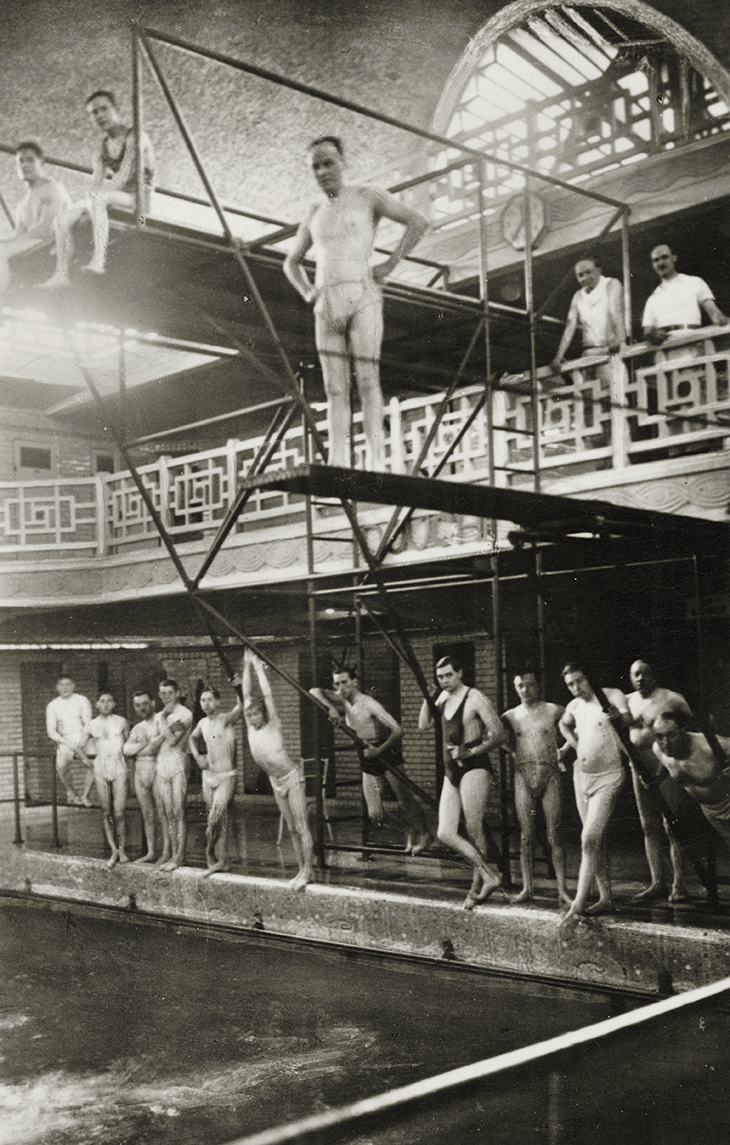
Bathers posing at the swimming pool in Roubaix (photograph taken in the 1930s)
Inside, you proceed through a line of former changing rooms, stepping through a small shower before emerging symbolically cleansed into a central space. The large barrel-vaulted hall, clad entirely in cream-coloured enamel bricks grouted in green, is impressively theatrical. Two balconies run around the building, the lower lined with rows of more changing rooms that have been converted into vitrines to house the museum’s sizeable collection of ceramics, fashion and, of course, textiles. You descend a step covered in blue glass mosaic tiles into what would have been the pool, where two long rows of 19th-century figurative sculptures are divided by a 40m-long water mirror.
This is fed, as the pool once was, by a water jet that shoots from a leonine sandstone head of Neptune. The soothing noise this makes is interrupted every 20 minutes by a soundtrack of ghostly splashing and shouting, which brings the hall rudely to life. In this unusual context, the sculptures – of athletes, bathers, figures of hope and charity, and young women at their fountains – start to resemble the archival photographs on display of happy swimmers posing around the pool in saggy linen trunks.
The original pool complex was designed by Albert Baert (1863–1951), who also built the Masonic temple in Lille. That building is capped by a large bas-relief showing a pyramid and a radiant sun; the pool also has stained glass windows depicting a sunburst at both ends, which bathe the space in rich, golden light.
The former bath wings, where you could rent one of 40 bathrooms and get a haircut and manicure, now house the museum’s collection of paintings. A couple of these rooms, with their elegant enamel tubs, have been preserved to indicate this former use. I am reminded of Piero Portaluppi’s derelict art deco spa or ‘day hotel’ beneath the Piazza Venezia in Milan, where guests once took thermal baths and were made elegant under the watchful eye of the goddess Hygieia.
Philippon’s extension, which encompasses a former school, allows for new galleries devoted to a reconstruction of the crammed studio of the monumental sculptor Henri Bouchard (1875–1960), which has been moved here from Paris, as well as paintings by the postwar Roubaix Group, including artists such as Arthur Van Hecke and Eugène Leroy. There is also a large gallery devoted to the history of Roubaix, with paintings showing the increasingly mechanised processes of milling, combing and weaving wool, and the area’s concentrated wealth. The room is dominated by a huge panorama of 1911 depicting the opening of Roubaix’s town hall, which was designed by the same architect as the Gare d’Orsay in Paris (Philippon was one of the team of architects who converted that station into a museum in the 1980s).

Villa Cavrois, Croix, designed by Robert Mallet-Stevens and completed in 1932. Photo: © Jean-Luc Paillé/CMN
In 1932, the same year that La Piscine was finished, the modernist architect Robert Mallet-Stevens (1886–1945), a contemporary of Le Corbusier, completed the Villa Cavrois in the neighbouring commune of Croix for one of the city’s leading industrialists, the owner of several local factories. Paul Cavrois met Mallet-Stevens in Paris at the International Exhibition of Modern Industrial and Decorative Arts of 1925, where he had been impressed by the cubist garden, with trees made of reinforced concrete, that Mallet-Stevens exhibited next to the pavilion of textile manufacturers from Roubaix and Tourcoing. With its yellow bricks, observation tower and nautical heft, the Villa Cavrois resembles a chic sanatorium. The luxurious interiors (Cuban mahogany, Siena marble, zebrawood), including the cinematic vestibule with its rounded light-boxes, mark the transition between art deco and the International Style.
During the Second World War, the villa was taken over by the Germans (who sent the former mayor Lebas, then a resistance fighter, to his death in a concentration camp), and by the mid 1980s it had become a looted shell threatened with demolition. After petitioning by the likes of Norman Foster and Renzo Piano, the modernist masterpiece was bought by the state in 2001, just as La Piscine found new life as a museum, and it opened in 2015 after a €23 million restoration. Like La Piscine, the Villa Cavrois was, in Mallet-Stevens’s description, a celebration of ‘air, light, work, sports, hygiene, comfort, and efficiency’ – a regimen that, before the invention of antibiotics, was the only cure for tuberculosis, the great leveller. Hygiene was paramount, as displayed in the clinical kitchen and numerous well-equipped bathrooms, as well as the 27m pool that was integrated into the façade, and through which this ocean liner of a house seems to plough into modernity.
From the January 2019 issue of Apollo. Preview and subscribe here.
Unlimited access from just $16 every 3 months
Subscribe to get unlimited and exclusive access to the top art stories, interviews and exhibition reviews.

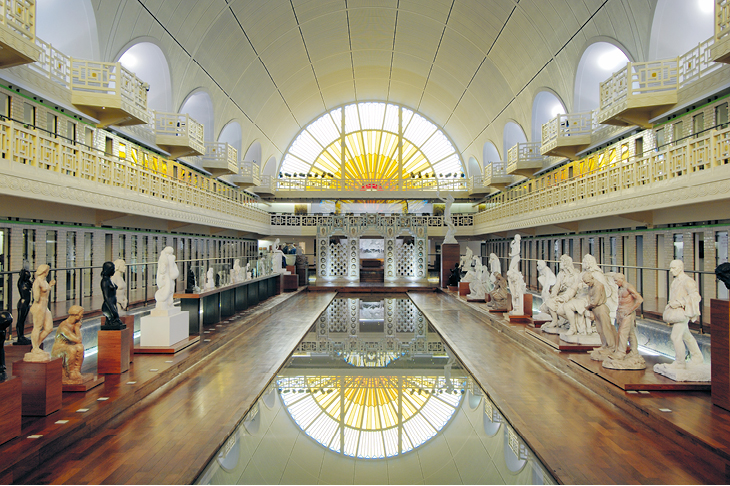
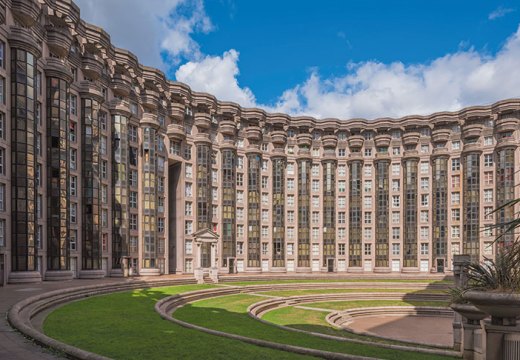
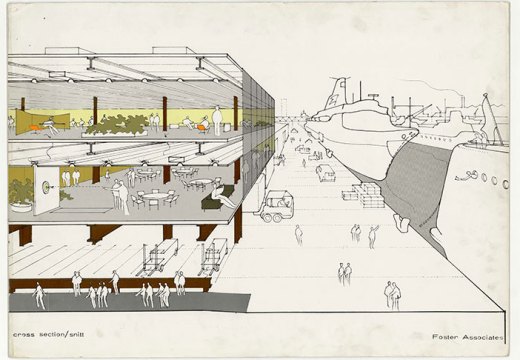
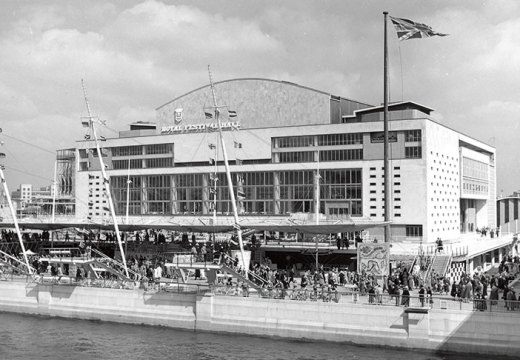









![Masterpiece [Re]discovery 2022. Photo: Ben Fisher Photography, courtesy of Masterpiece London](http://www.apollo-magazine.com/wp-content/uploads/2022/07/MPL2022_4263.jpg)
It’s time for the government of London to return to its rightful home